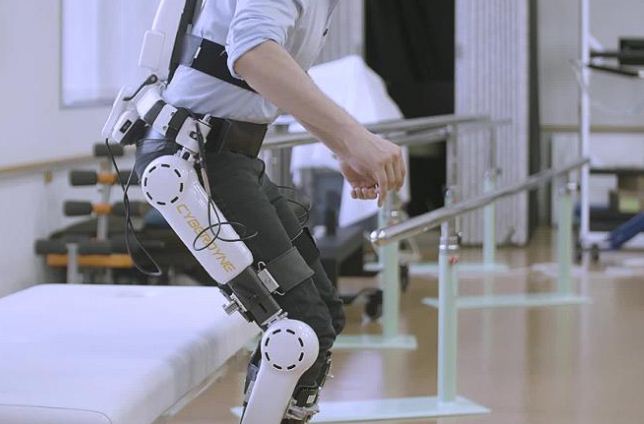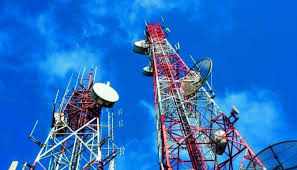The wearable cyborgs that use brain waves to power up your muscles

Wearable cyborg uses brainwaves to let people walk again 01:53
Tokyo: Kristen Sorensen was 55 when she became paralyzed from the neck down last year.
"It came out of nowhere," says Sorensen. "I'd been fine and exercising every day, but it just started with tingling in my fingertips then progressed."
Diagnosed in October 2018 with Guillain Barre syndrome, a rare disorder that affects the body's nervous system, she never expected to walk again.
But earlier that year, the Brooks Cybernic Treatment Center in Jacksonville, Florida, became the first US center to use a unique rehabilitative technology developed in Japan -- the Hybrid Assistive Limb (HAL).
HAL -- essentially a wearable cyborg -- helps those with spinal cord injuries and muscular dystrophy regain their movements and strengthen their nerves and muscles. Known as exoskeletons, they're a type of lightweight suit, with joints powered by small electric motors, that serve as mechanical muscle.
Here's what's truly mind-blowing: Patients use their brain waves to control them.
When Sorensen heard about the brain wave-controlled exoskeleton, which was developed by Japanese roboticist Yoshiyuki Sankai, she knew she had to give it a try. She was determined to walk at her daughter's wedding a few months later in December.
But it's not just those with disabilities or injuries who stand to benefit. By 2050, there will be more than 2 billion people over age 60, according to the World Health Organization (WHO), and exoskeletons could offer a solution to the world's aging population.
In the future, as human bodies wear down with age, an exoskeleton -- powered by active minds -- could help people stay on their feet.
With such huge potential applications available, the global medical exoskeleton market will be worth an estimated $2.8 billion by 2023, according to research company Markets and Markets.
Users in the driving seat
When Sorensen first tried HAL, she could barely move across flat surfaces.
A trained physiotherapist at the Brooks Center helped her fit HAL over her waist and trousers, connecting her to sensors that help pick up faint bio-electric signals on the surface of the skin, which communicate a patient's intention to move. Once HAL receives these signals, it helps support the person's movements.








Comments